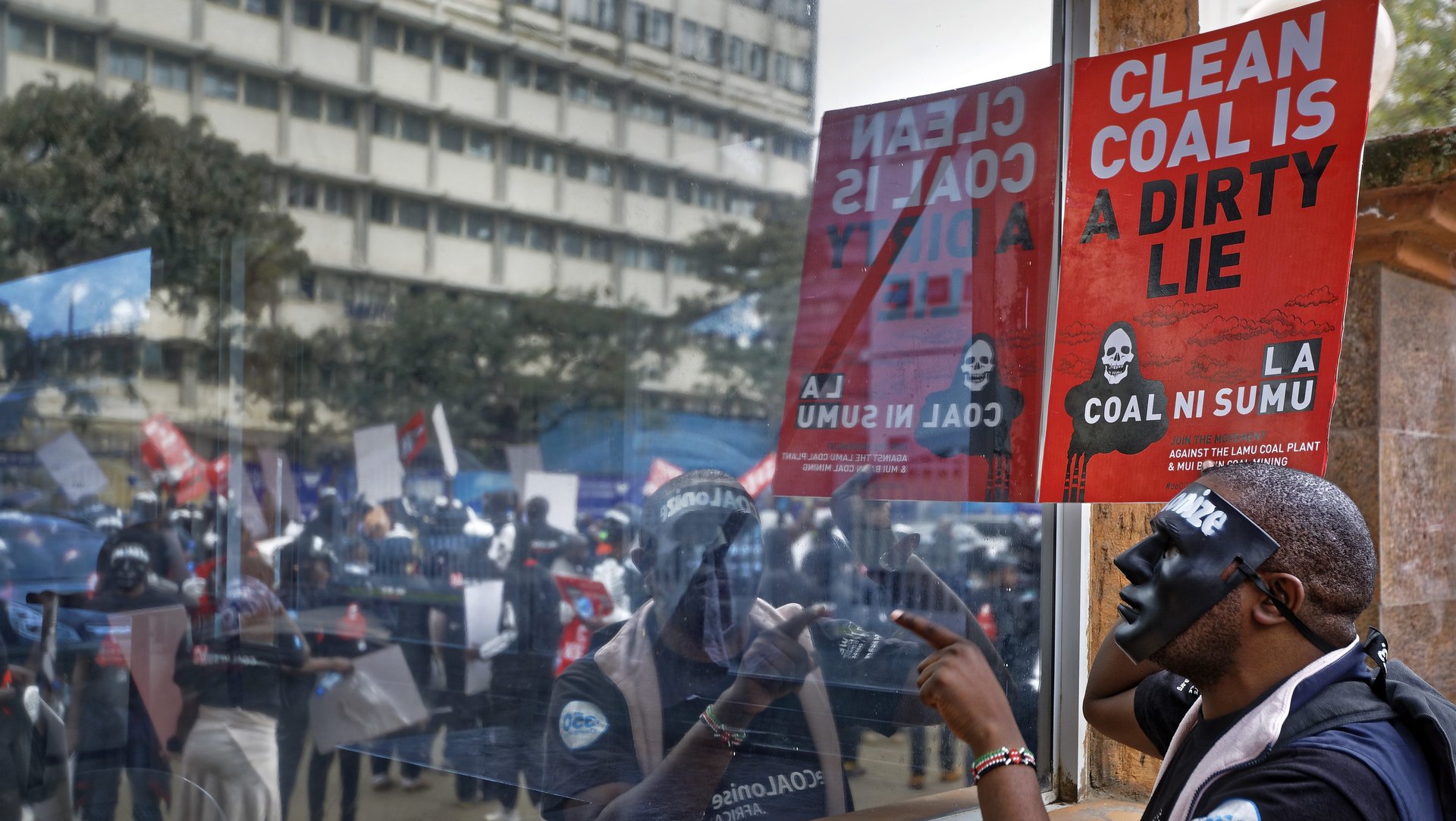UNESCO wants Kenya to review plans to build its first coal plant on a world heritage site
The controversy over a planned coal plant in Kenya’s idyllic coast is far from over.


The controversy over a planned coal plant in Kenya’s idyllic coast is far from over.
The United Nations cultural organization this week called on the Kenyan government to reassess the impact of the coal-fired power project on the heritage and natural environment of Lamu. The archipelago is designated as a UNESCO World Heritage Site and is considered the oldest and best-preserved Swahili settlement in East Africa. The decision was made during UNESCO’s 43rd session in Baku, the capital of Azerbaijan.
The heritage committee asked Nairobi to also review the cultural and environmental impact of the Lamu Port South Sudan Transport Corridor (LAPSSET), a multibillion-dollar infrastructure and transport project connecting Kenya, Ethiopia, and South Sudan. Calling the situation a “matter of urgency,” UNESCO also lamented Nairobi’s provision of “only limited information” over the years, especially how the LAPSSET project would impact Lamu’s traditional architecture and history.
Kenyan officials were given a deadline of February 2020 to submit a report, with the committee mulling the possibility of putting Lamu on the List of World Heritage in Danger. The UN body designed the list to highlight how existing heritage sites were threatened by war, pollution, unchecked development, and natural disasters.
The decision from UNESCO follows a ruling from Kenya’s National Environmental Tribunal in late June which halted the plans to build the coal plant. Judges said authorities had failed to conduct a thorough assessment of the plant’s impact on Lamu, canceled the license issued by the National Environmental Management Authority and ordered developer Amu Power undertake a new evaluation. The environmental court also faulted the Chinese-backed power plant for failing to adequately consult the public about the initiative and cited insufficient and unclear plans for handling and storing toxic coal ash.
The announcement in Azerbaijan comes days after environmental activists said Kenyan authorities were trying to water down the status of Lamu as a heritage site. In a draft document published on UNESCO’s site, proposed amendments included removing considerations of the impact of the coal plant on Lamu. Authorities argue the plant would generate 1,050 megawatts of power upon completion, and boost the country’s fast-growing demand for electricity.
Since the project’s introduction in 2015, activists have protested against it demanding the major tourist destination shouldn’t be damaged in the pursuit of development. “While we understand that Kenya needs to develop, sustainability must be a core value in development. For this, legal due processes must be followed,” Mohamed Athman from non-governmental organization Save Lamu, said in Baku.
This year, UNESCO added a total of 29 new sites to the World Heritage List but noted that “significant efforts” were still in demand to boost and preserve African heritage sites which remain under-represented. Kenya has a total of seven cultural and natural sites on the list. But one of those sites, the Lake Turkana National Parks, was last year inscribed on the list of sites endangered sites because of increasing threats from infrastructural development.
Sign up to the Quartz Africa Weekly Brief here for news and analysis on African business, tech and innovation in your inbox